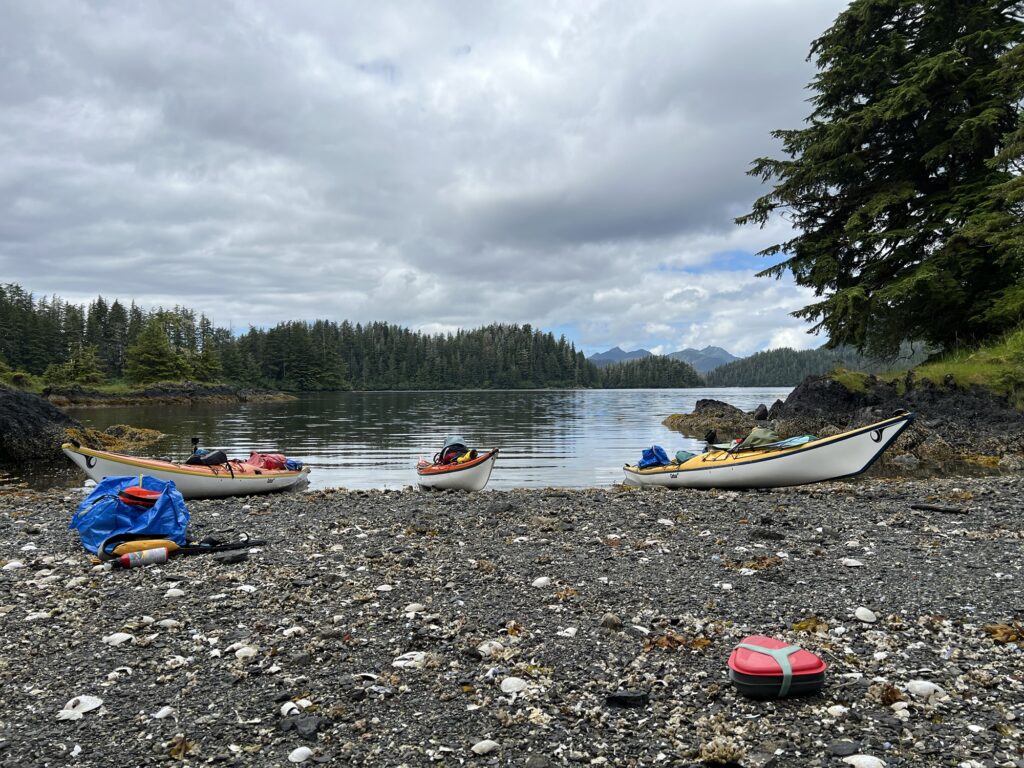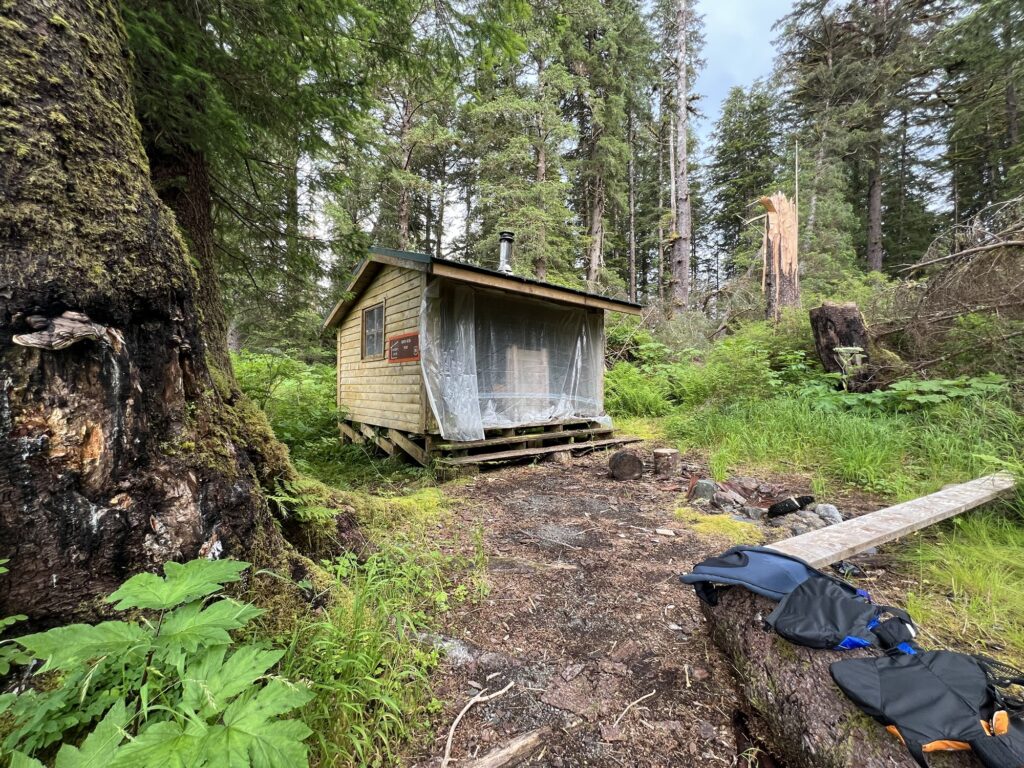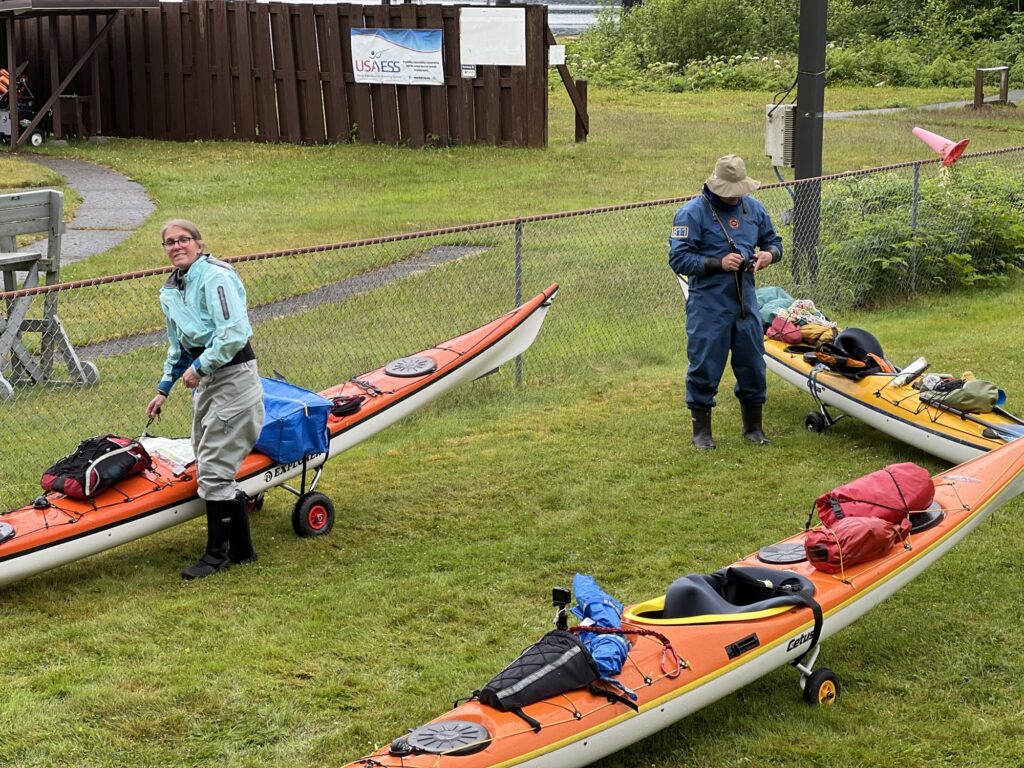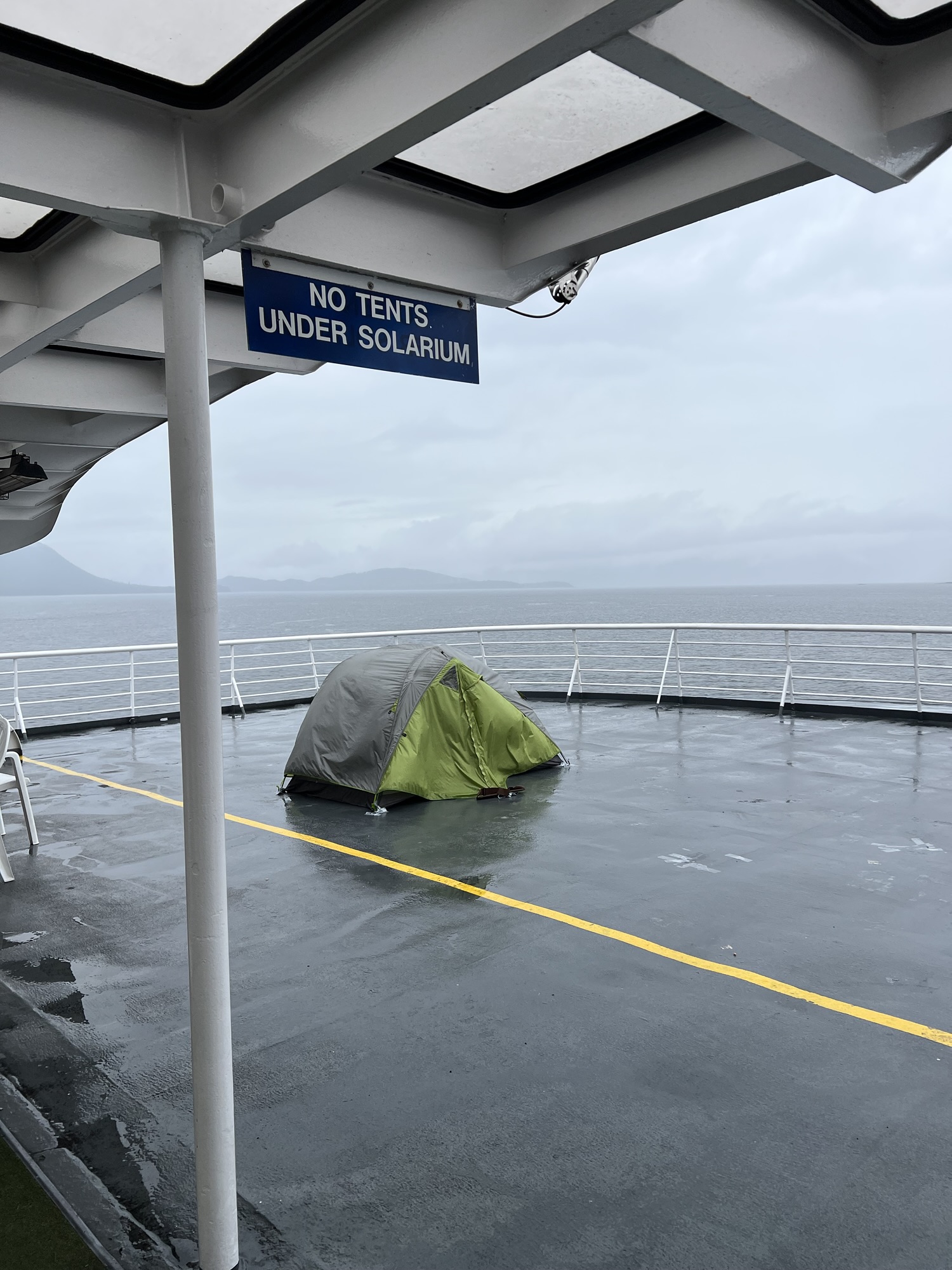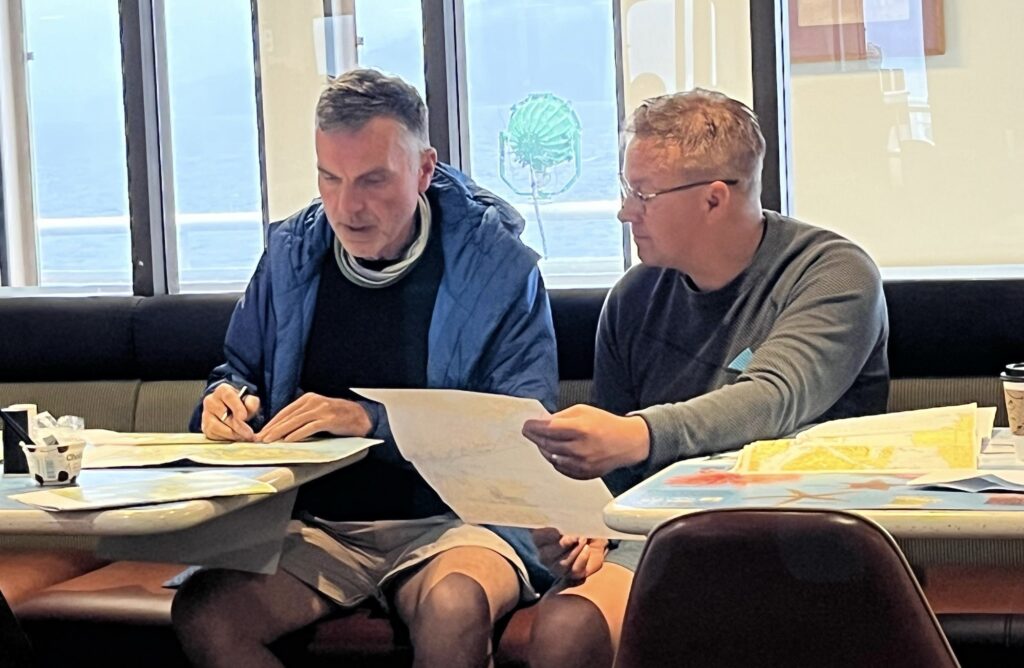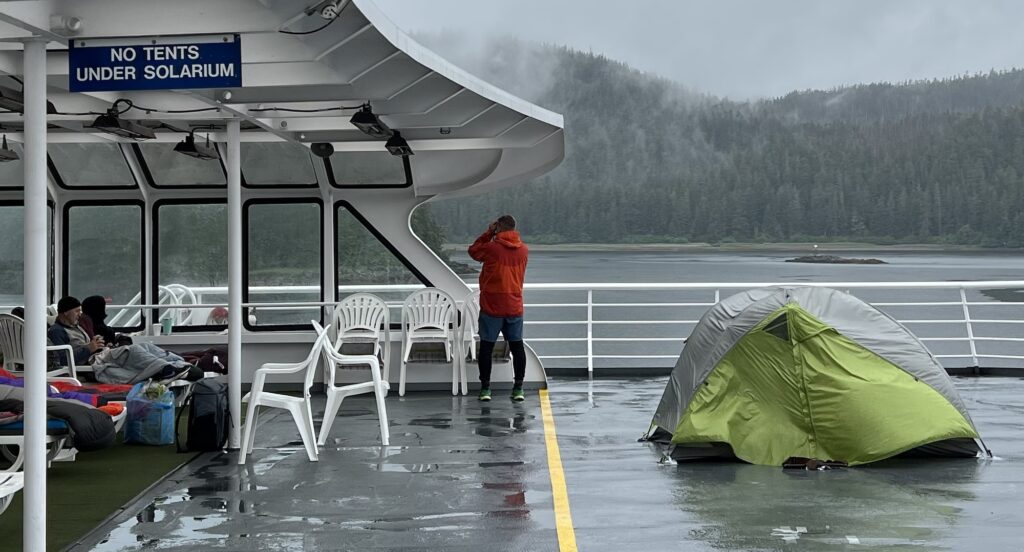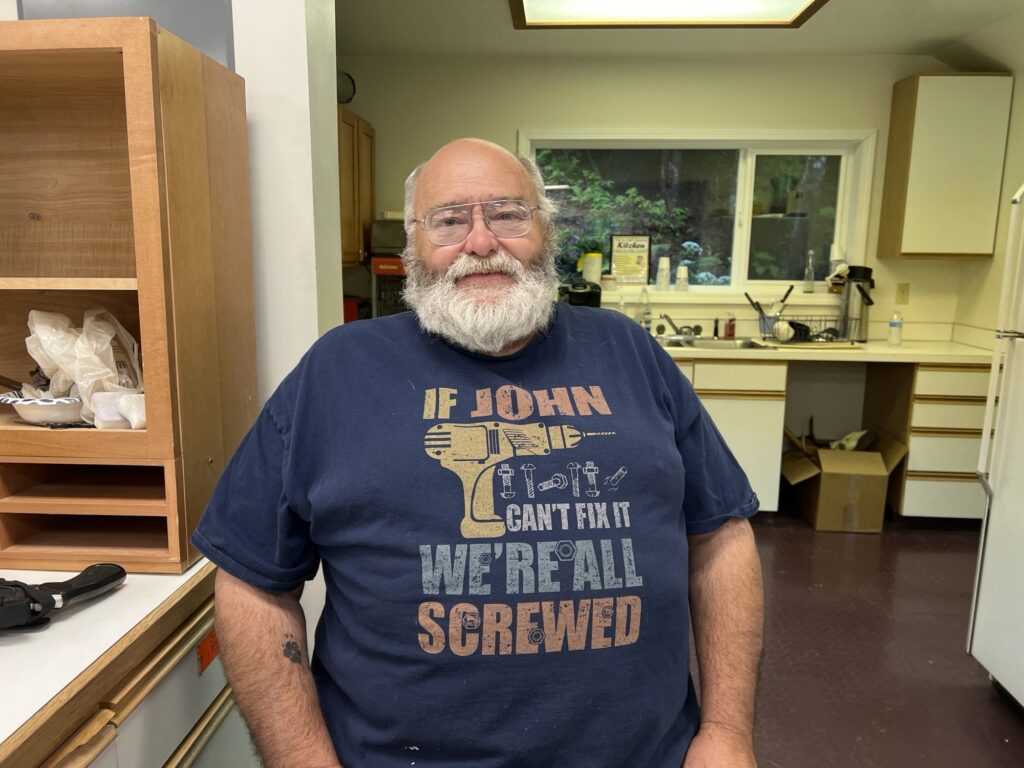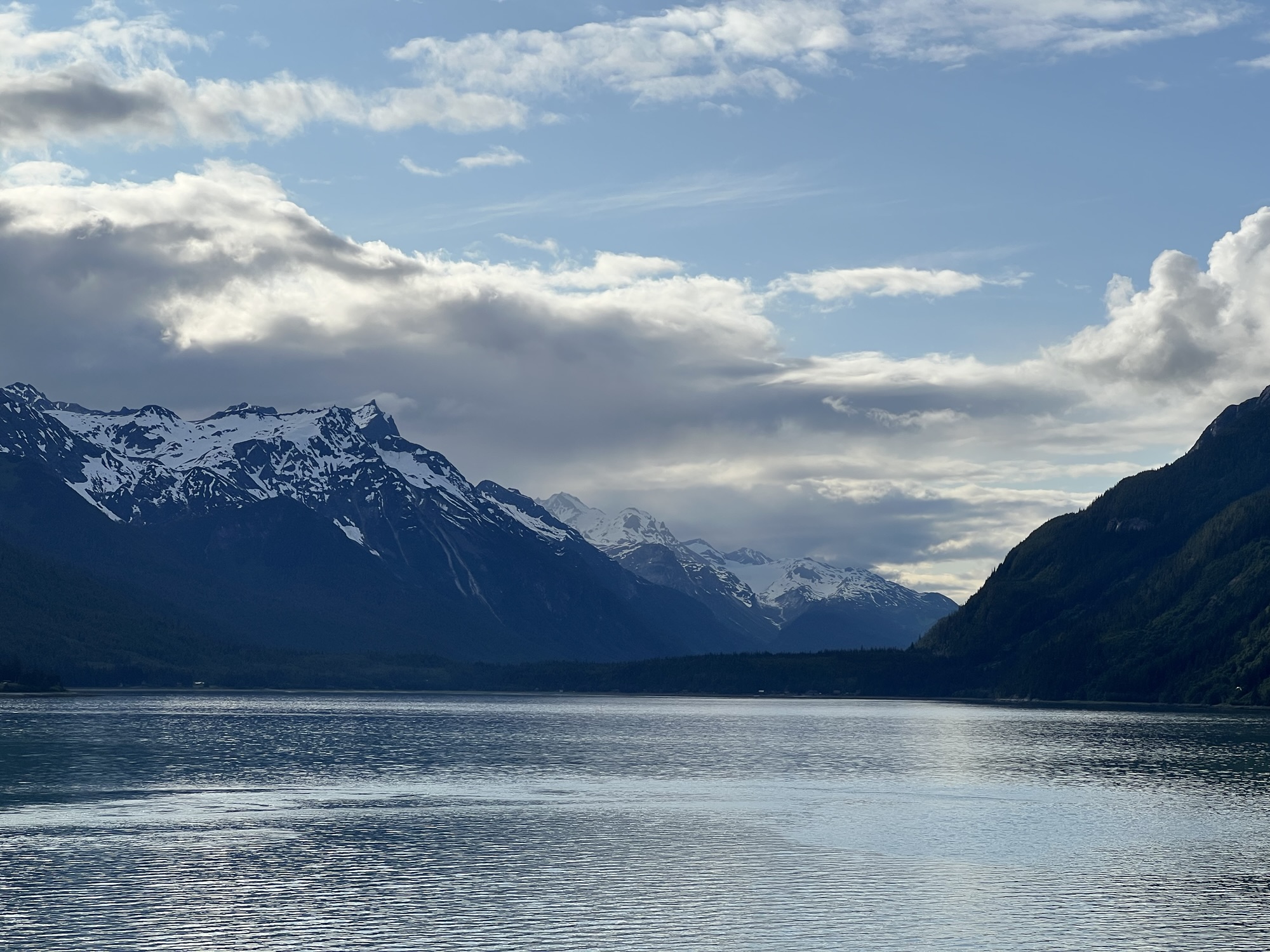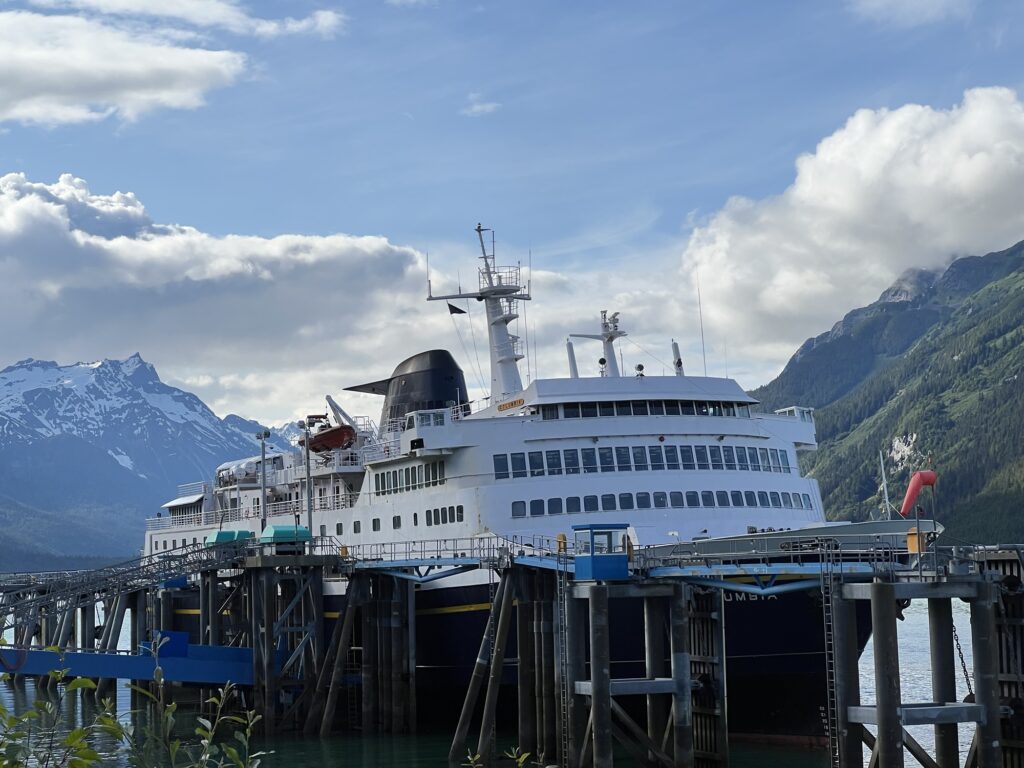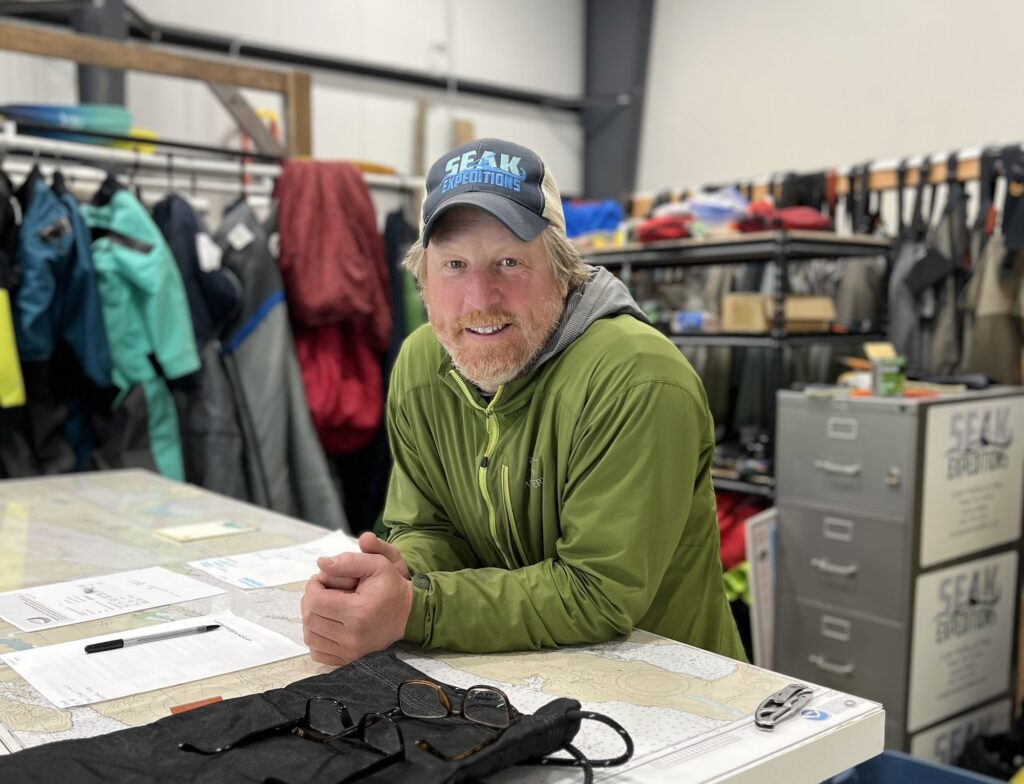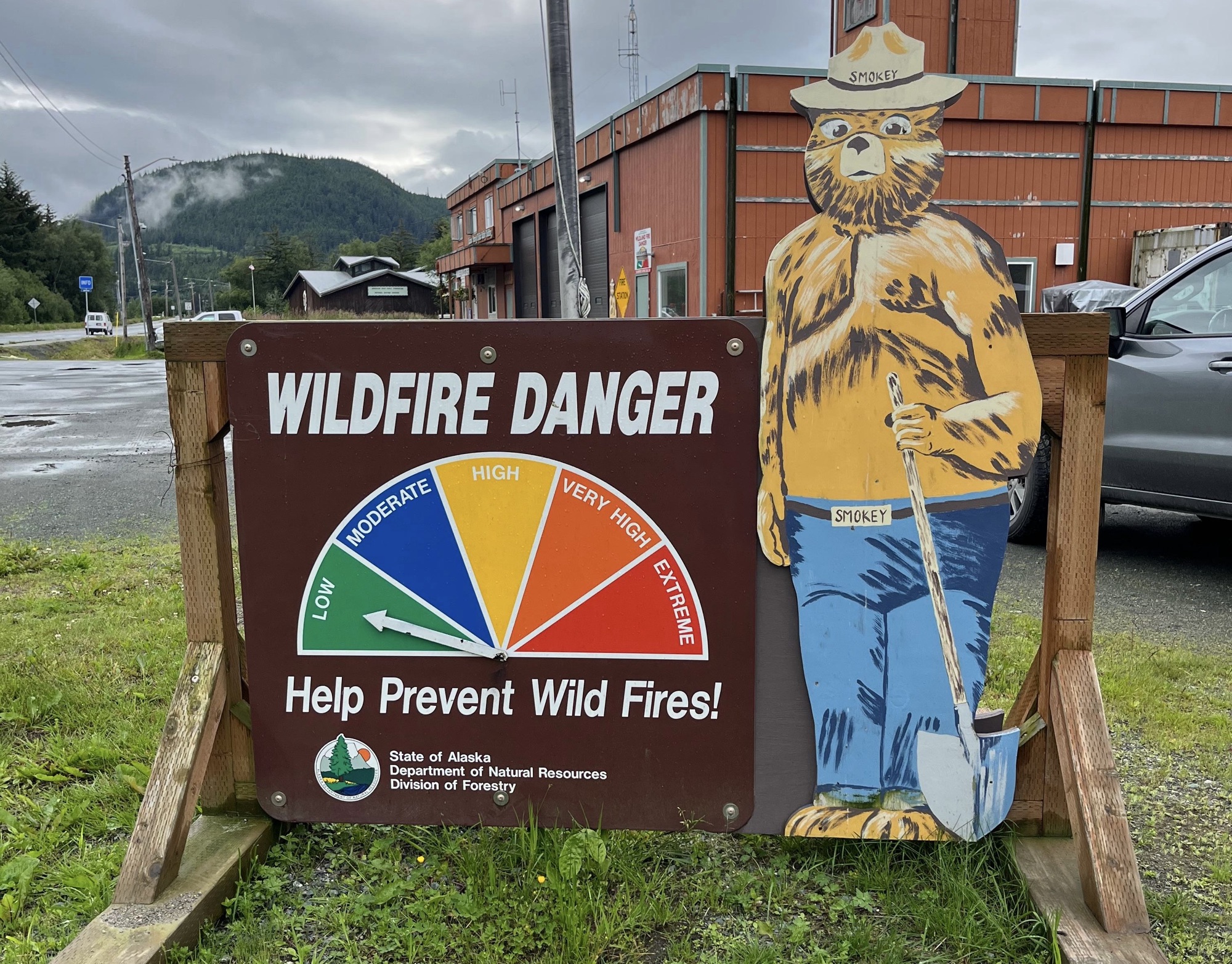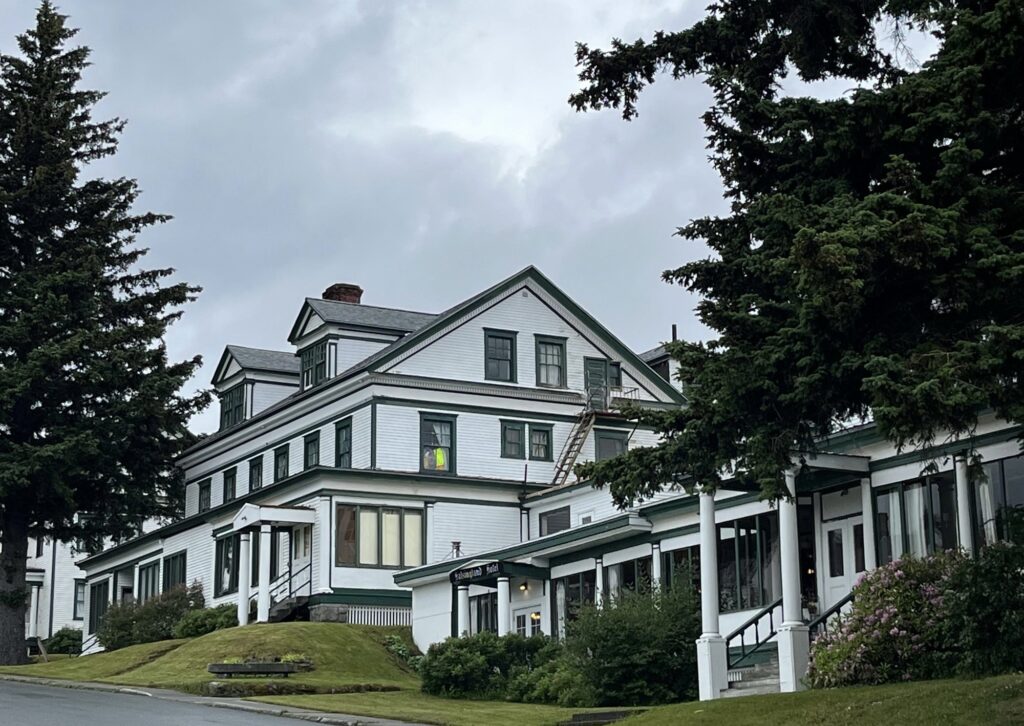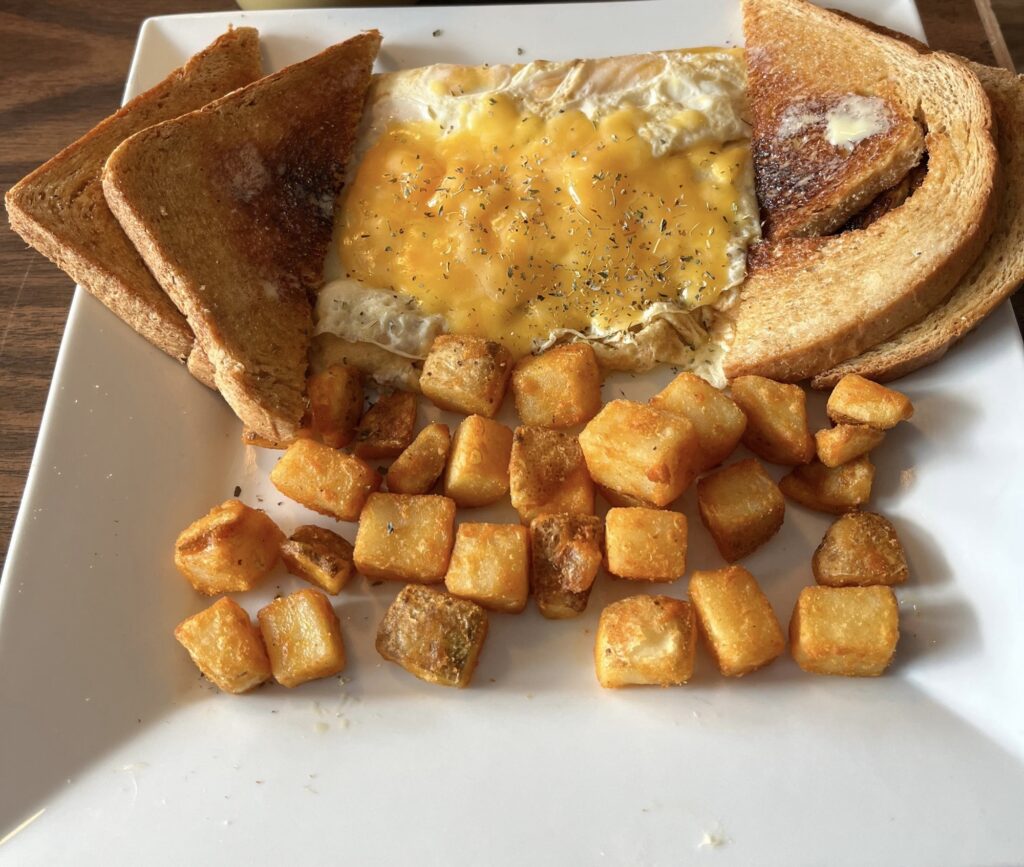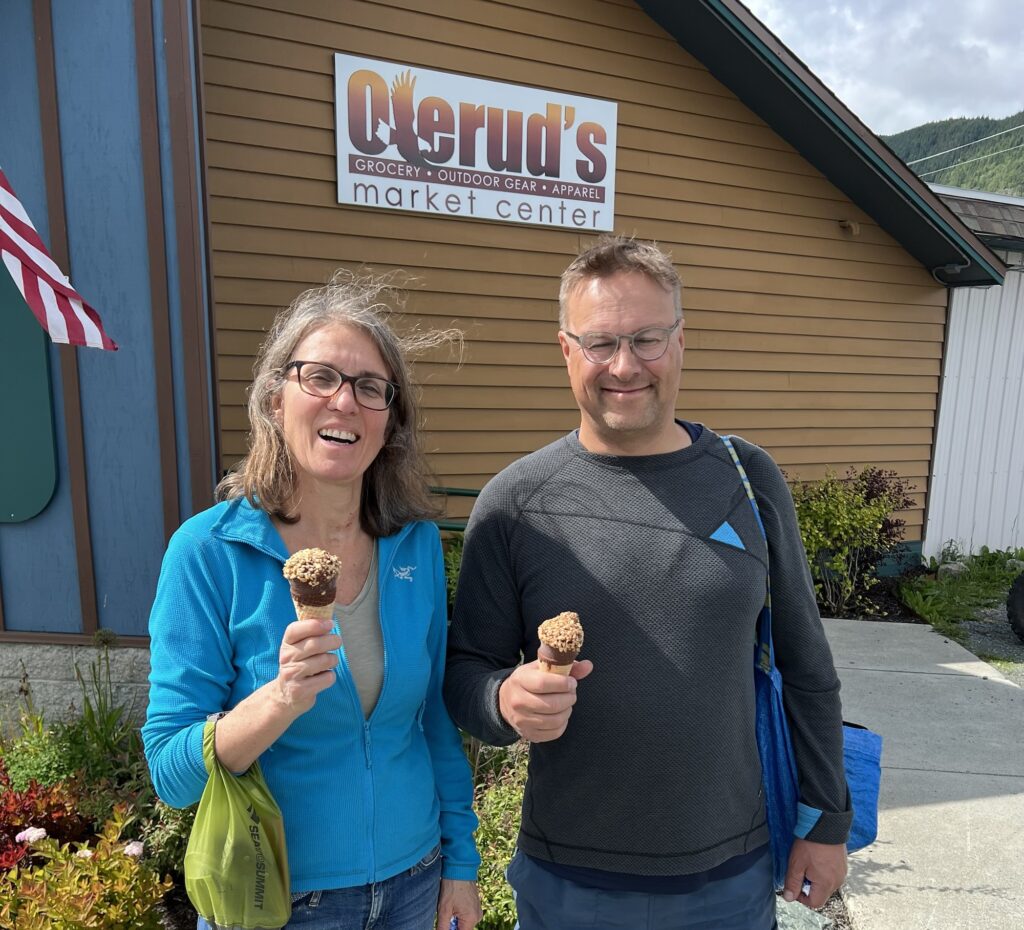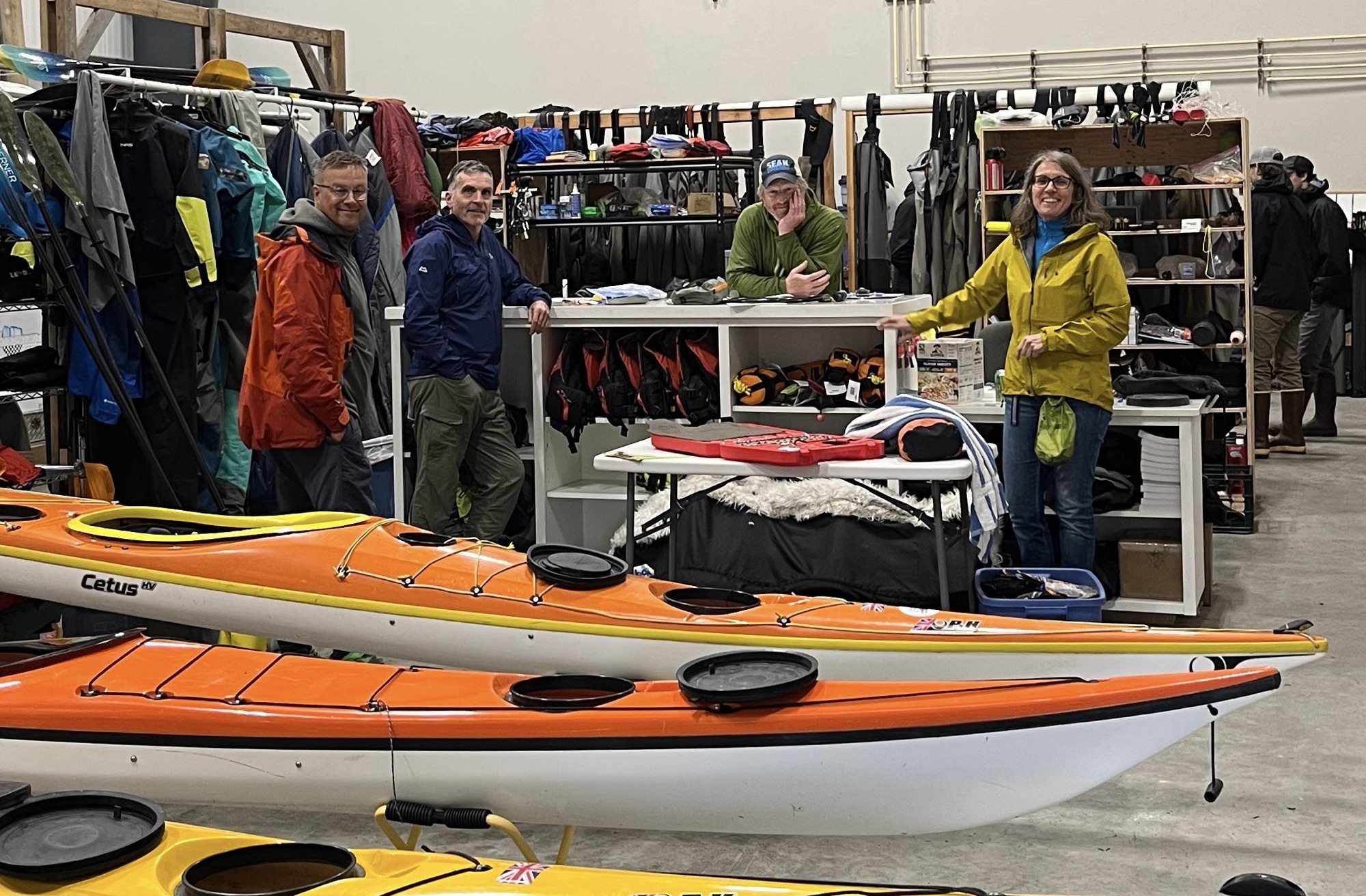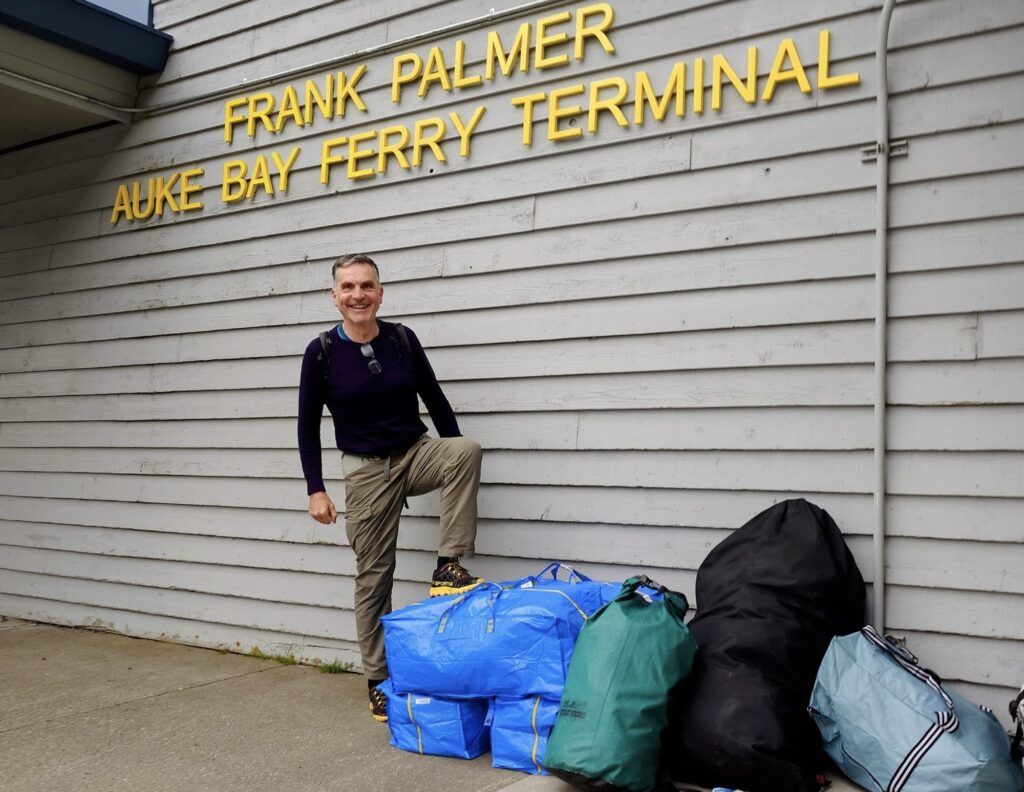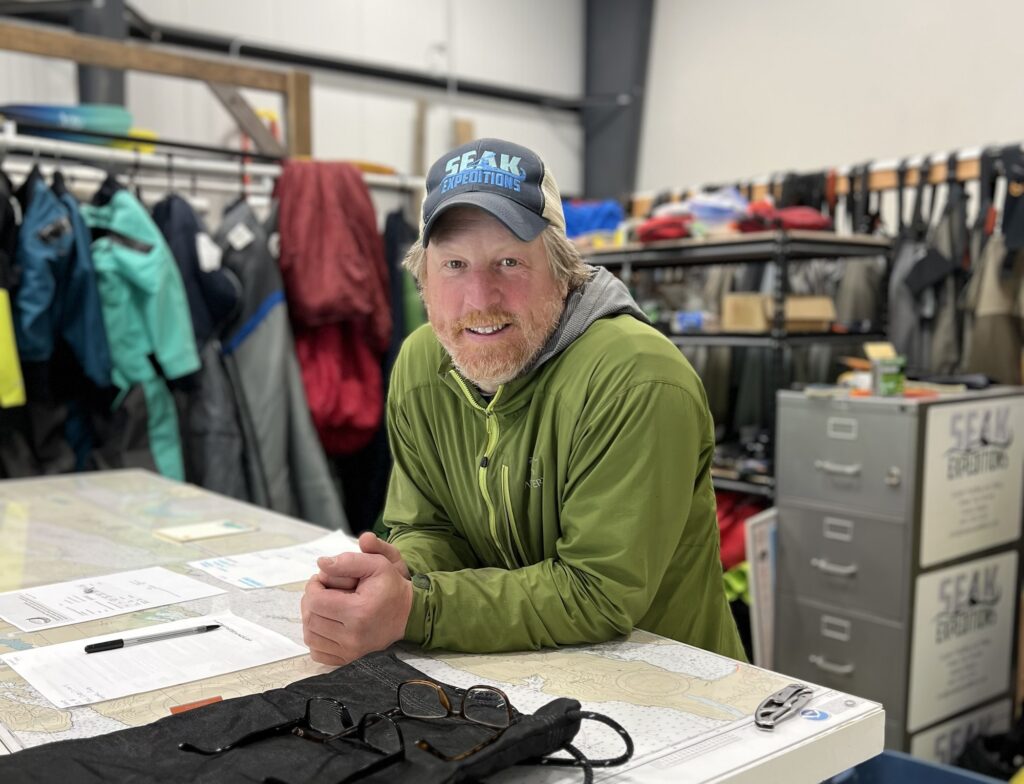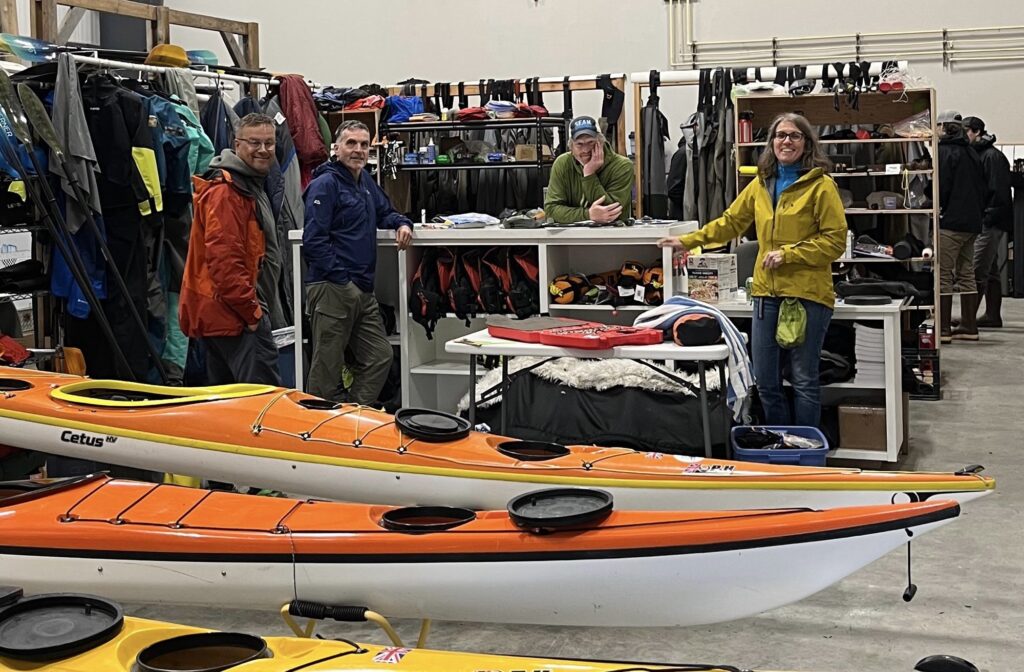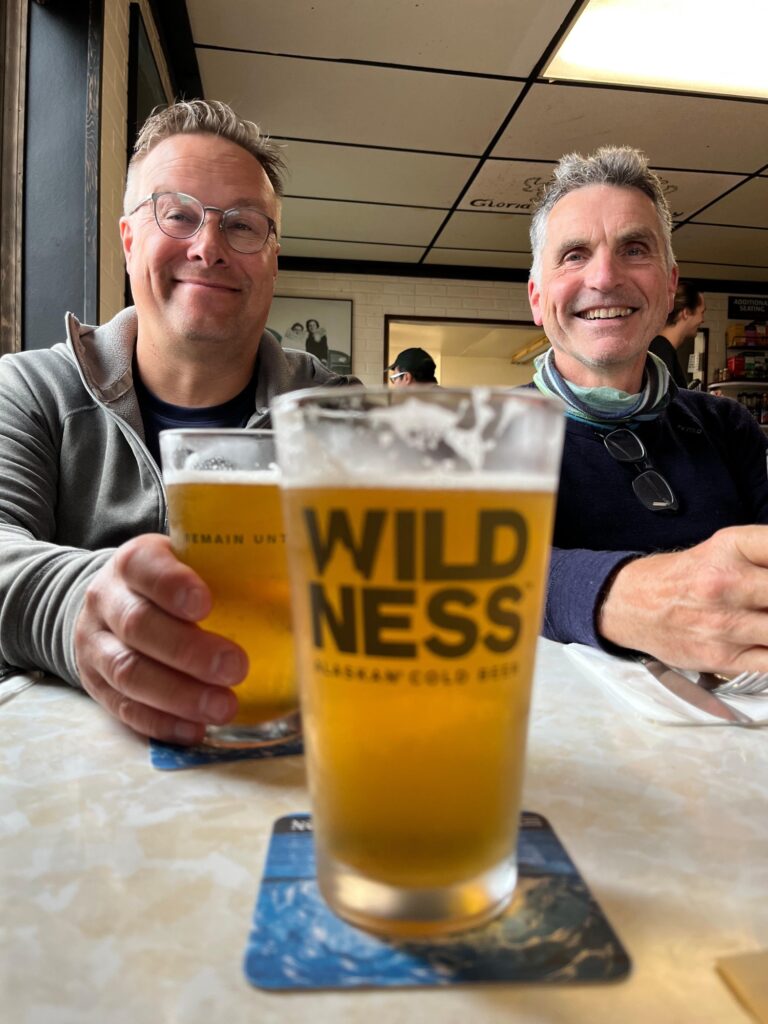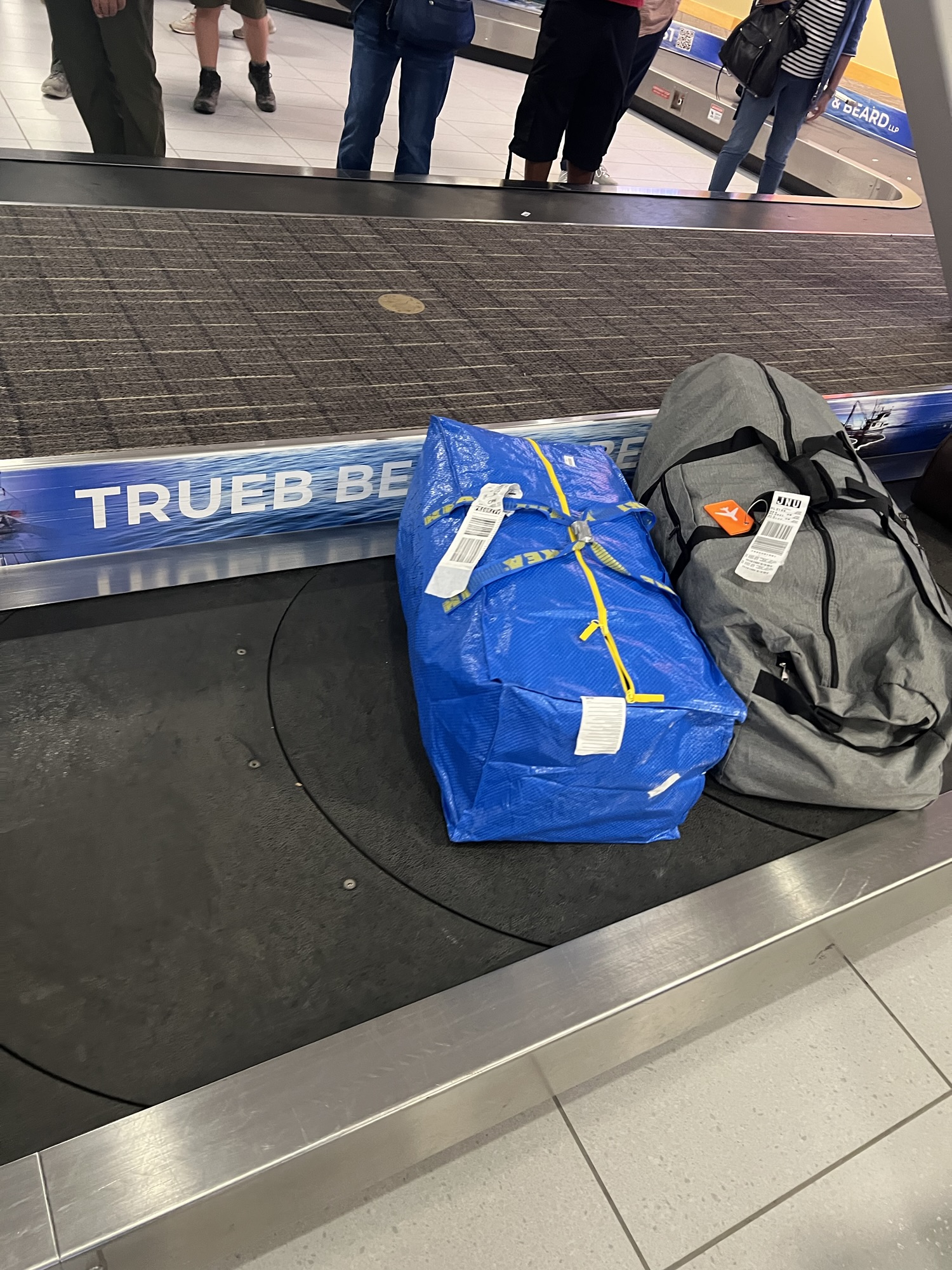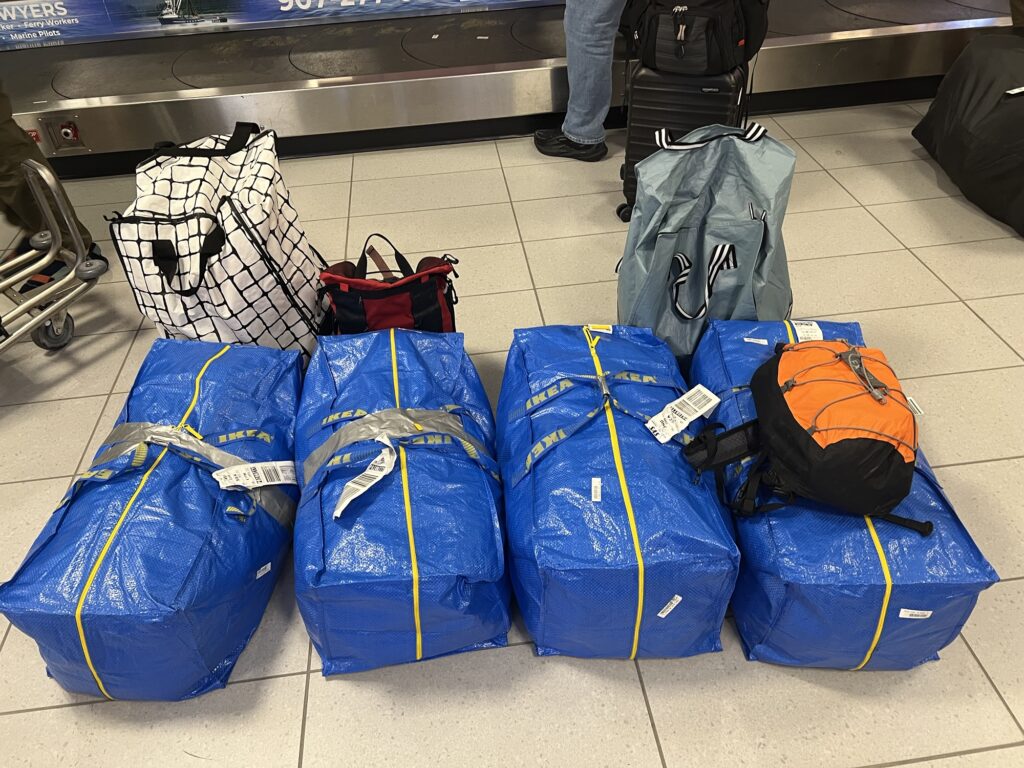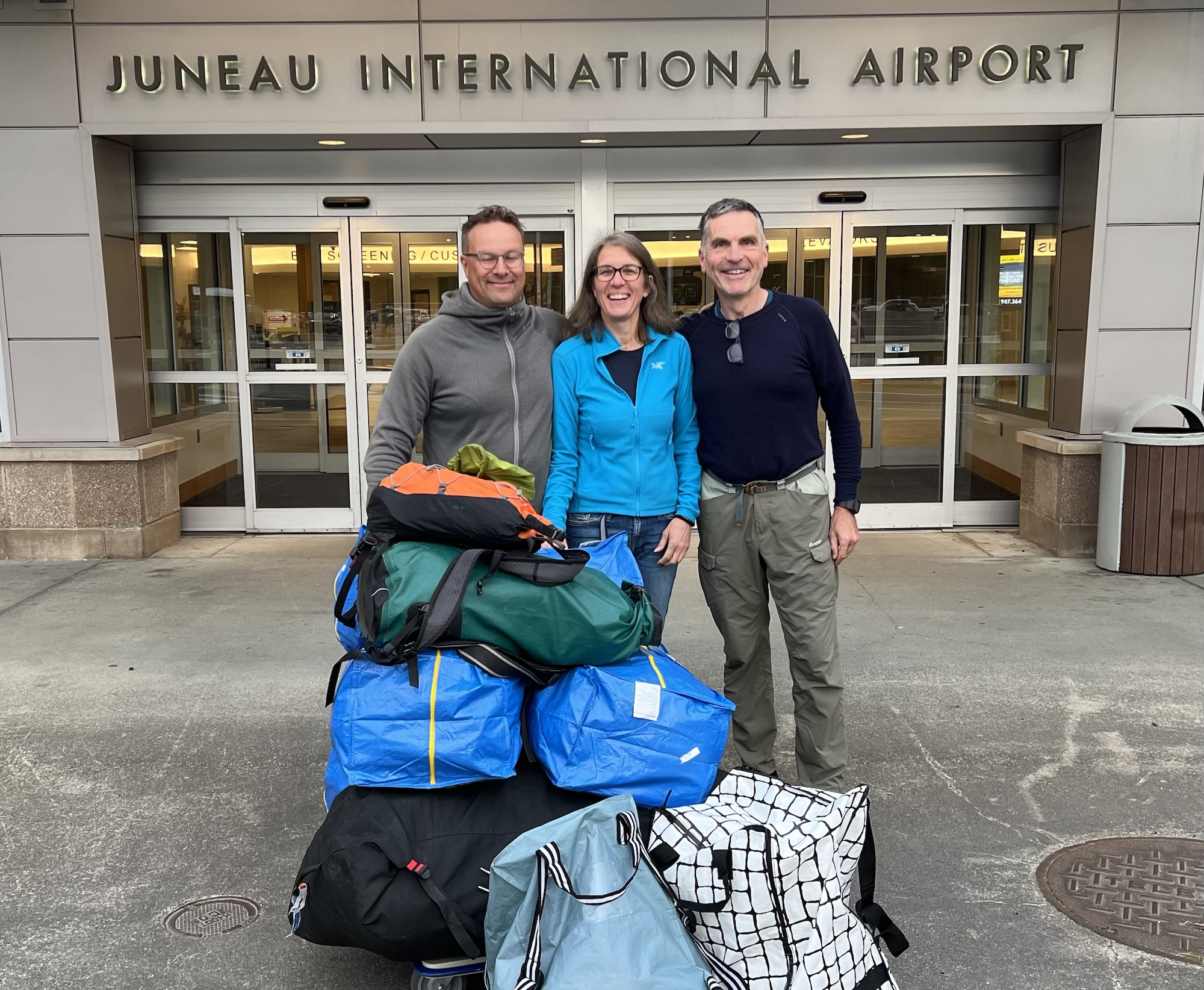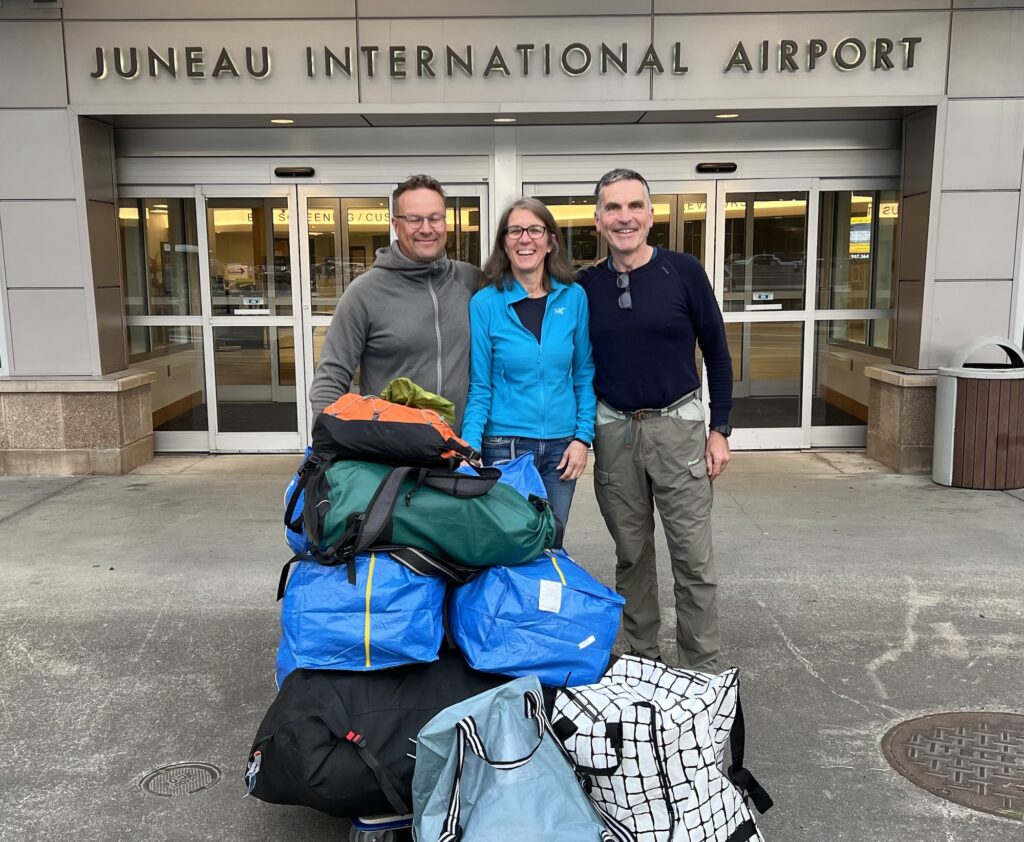Bandwidth does not allow pictures will update later)
The day got an early start when the alarm Mikko had put on the kayaks went off just after midnight.
We made noises and Mikko brought out his a bright flashlight. Nothing to see. We noticed that it was high water and any animal passing along the shoreline would have to come close to the kayaks.
Most likely deer. In the morning we saw four of them along the shoreline less than 100 m away
The real start of the day was at about 0630 breakfast then packing the boats and off we were just before 0900.
The first thing that greeted us was a wale passing leisurely bus and blowing frequently, the second thing was the pod of sea lions all within 10 minutes paddling.
The third thing was the swell and fog from the Pacific Ocean. Today was expected to be the most exposed and challenging paddle of the trip even if the wind had subsided and was a gentle 4 m/s or so, not the 18 m/s forecast for yesterday.
But still, the costs here treacherous in that there are lots of shallows where the waves break hundreds of metres out from shore.
The shallows that every wave break on is of least concern, they are easily avoided. It is the ones where it can go minutes between easch breaking wave and then it is a big one, a boomer as they say here.
The fog does not help either.
We had set our sight on “Leo’s anchorage” about fifteen km from the shelter. Leo is Mikko’s middle name, given after his late father.
The three hour paddled demanded some focus on the conditions, but it also had calmer moments when we were sheltered and dozens and dozens of sea otters watched us curiously.
We fund the place Mikko had identified from google maps. It was a really nice beach. But is had two draw backs. First it would be a 100 m carry of the kayaks at low tide. And second there were fresh bear markings and shit along the forest line.
We did not want to spend the night high and dry at this place.
This made for another ten km of paddling through confused waters to get to Mikko’s next pick.
The two hour paddle was not the most exiting before towards the end when first some humpback whales showed up and then a curious male sea lion up just a few meters away.
And finally we need to negotiate a lot of breakers to get into a very secluded bay
